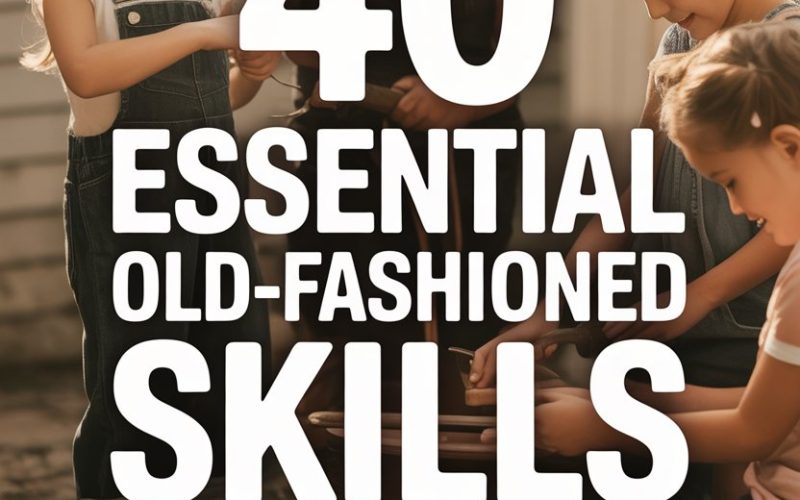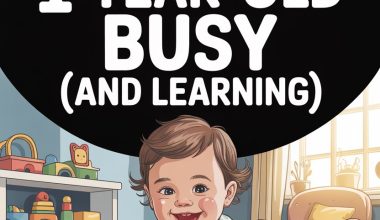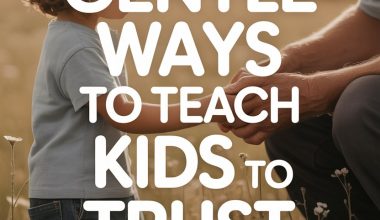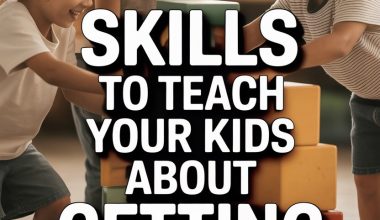Blink and you’ll miss it—kids these days can swipe a tablet before they can tie their own laces. That’s impressive, but the batteries do run out eventually.
There’s a certain magic in teaching children the skills their grandparents considered second nature, skills that foster independence, creativity, and maybe even a little less time negotiating screen limits.
Here’s how to keep those classic know‑how flames burning bright, one life lesson at a time.
1. Handwriting That Doesn’t Resemble Ancient Runes
Keyboarding is grand, but nothing beats the thrill of a handwritten note—especially if Grandma can decipher it.
Children who practice handwriting show better memory retention and improved literacy skills, according to this Scientific American article on handwriting research.
2. The Lost Art of Thank‑You Notes
A texted “thx” after a birthday present just feels… hollow. Teaching kids to write sincere thank‑you notes nurtures gratitude, empathy, and a hint of social grace. Plus, who doesn’t love a letter in the post that isn’t a bill?
3. Telling the Time on an Analogue Clock
Try asking a ten‑year‑old to read a wall clock—prepare for blank stares. Kids gain spatial reasoning and an appreciation for patience when they master those ticking hands.
Bonus: they’ll never have to ask you “How much longer?” again (well, one can dream).
4. Cooking a Simple Meal
Even a basic scrambled egg or a bowl of pasta counts here. Knowing how to feed oneself is confidence on a plate, and kids who cook eat more veggies, according to a University of Alberta–led study.
5. Sewing On a Button
When the “pop” of a button sends it flying under the kitchen table, children with this skill don’t panic. Being able to fix a hem or attach a badge saves money and teaches patience—qualities every parent quietly wishes for.
6. Basic First Aid
Plasters and a dab of antiseptic can save the day. Even young kids can learn to clean a scrape, while older ones benefit from knowing how to treat minor burns or use a bandage. It’s reassuring for everyone.
7. Memorising a Phone Number
Mobile phones get forgotten, lost, or (gasp) run out of charge. Kids who know a parent’s number by heart can call for help when needed—no Face ID required.
8. Reading a Map
GPS is fabulous, until you’re out of range or the app decides you’re driving through a lake. Map‑reading helps children build problem‑solving skills and a healthy sense of direction.
9. Writing a Letter
Email is instant, but a handwritten letter is a keepsake. Children who write letters develop storytelling skills—and might just brighten someone’s day.
10. Simple Mental Math
Cashiers aren’t always right, and neither are card machines. If your child can subtract, add, and multiply small numbers in their head, they’ll feel clever (because they are).
11. Gardening Basics
Sowing a seed, watering, and waiting for that sprout—teaches patience, responsibility, and where salad actually comes from. Muddy knees are just a bonus.
12. Polishing Shoes
A shiny shoe is a tiny act of pride and self‑care. Even if you wear trainers everywhere, knowing how to buff a pair of shoes gives kids a taste of old‑school routine.
13. Making a Bed
Hospital corners not required (unless you’re raising a mini nurse). Kids who know how to make their beds feel more organised and start the day with a win.
14. Washing Dishes (By Hand)
Dishwashers have spoiled us all, but there’s value in a sink full of suds. Kids learn how to clean up after themselves and the difference between “clean” and “just rinsed.”
15. Setting and Clearing the Table
Family mealtimes are about more than eating. Setting and clearing the table gives children a role in the household and a sense of teamwork.
16. Folding Laundry
It’s not wizardry, just dexterity. Folding laundry builds fine motor skills and, let’s be honest, a little appreciation for all that “laundry fairy” work.
17. Whistling
A simple joy, and useful for calling the family dog—or simply irritating siblings. It’s a classic childhood milestone.
18. Jump‑Starting a Car (for Older Kids)
Teens who learn how to jump‑start a car gain life‑saving skills (and instant street cred). Get them to read the manual first—safety is non‑negotiable.
19. Writing a Shopping List
Spontaneous supermarket trips rarely end well. Teaching kids to plan and write a shopping list encourages organisation and healthy choices.
20. Keeping a Diary or Journal
A diary is a safe space for thoughts, dreams, and doodles. Kids who journal often find it easier to process emotions and become more reflective.
21. Darning Socks (or at Least Mending a Small Hole)
Mending a favourite sock gives it new life. It’s a little like magic, only with a needle and thread.
22. Reading Aloud
Whether it’s a bedtime story for a younger sibling or reciting a poem, reading aloud boosts confidence, fluency, and a love of language.
23. Tying Knots
From shoelaces to securing a tent, knot‑tying is the Swiss Army knife of skills. There’s nothing quite like the pride of mastering the bowline or a sturdy square knot.
24. Respectful Greetings
A good handshake, eye contact, and a friendly “Hello, nice to meet you!”—these little things go a long way. Children who feel confident greeting others are more likely to build positive relationships.
25. Sharpening a Pencil
Electric sharpeners are fun, but manual ones (or a trusty pen knife, with supervision) teach a gentle touch and respect for tools.
26. Sending a Parcel
From weighing the package to writing the address, posting a parcel is a practical lesson in logistics and communication.
27. Navigating Public Transport
Reading timetables, buying a ticket, and asking for help when lost—skills that build confidence and independence, especially if you live somewhere with buses, trams, or trains.
28. Making a Phone Call (That Isn’t a Video Chat)
A polite phone call can be nerve‑wracking for kids used to texting. Practising how to say “Good afternoon, may I please speak with…?” builds communication skills for life.
29. Balancing on a Bike
Training wheels off, knees padded, and off they go. Cycling is freedom, balance, and the occasional scraped elbow.
30. Reading Instructions Before Starting
Resisting the urge to wing it is a lifelong challenge. Kids who read instructions before launching into a project (LEGO counts) are less likely to end up with extra screws and missing pieces.
31. Making Small Talk
Chit‑chat at the till, polite conversation at a friend’s house—these tiny interactions help children grow comfortable in social settings. It’s like seasoning for their personality.
32. Cleaning Shoes
Sticky mud, mysterious stains—no problem. Teaching kids how to scrub, wipe, and dry their shoes keeps them looking sharp and fosters responsibility for their belongings.
33. Sketching From Life
No need to be the next Da Vinci. Observational drawing helps children see details, focus, and express themselves creatively.
34. Telling a Joke Properly
Timing, delivery, and not giggling before the punchline—telling a joke is an art, and kids who master it become the life of the party (or at least family dinner).
35. Lighting a Match Safely
Older children can learn how to strike a match safely and respect fire. It’s practical for camping, candles, and birthday‑cake emergencies.
36. Caring for a Plant or Pet
Water, food, patience, and a bit of love—caring for another living thing teaches empathy and commitment. Even a windowsill cactus counts.
37. Wrapping a Gift
Sticky tape, creased corners, a bow on top. Gift‑wrapping is equal parts patience and creativity—and somehow, grandparents always know who wrapped which one.
38. Addressing an Envelope
Name, street, city, postcode. It’s not rocket science, but it’s a skill that might just come in handy one day (when e‑cards feel a bit too easy).
39. Playing a Card Game
Snap, Go Fish, or a cheeky round of Poker—playing cards teaches maths, patience, and how to handle losing gracefully. (No, flipping the table is not recommended.)
40. Apologising (and Meaning It)
A heartfelt “I’m sorry,” minus the eye roll, is a life skill that smooths out bumps in friendships and family life. Genuine apologies build empathy and help repair bonds.
Passing the Baton: Old Skills, New Memories
Life comes at us all a bit quickly. Passing down these classic skills won’t slow time, but it will give your kids confidence, resilience, and a dash of independence—plus a few laughs along the way.
And if nothing else, they’ll finally know which fork to use at Christmas lunch.
Now, who’s up for teaching the art of “waiting patiently for the kettle to boil”? That might just be number forty‑one.





